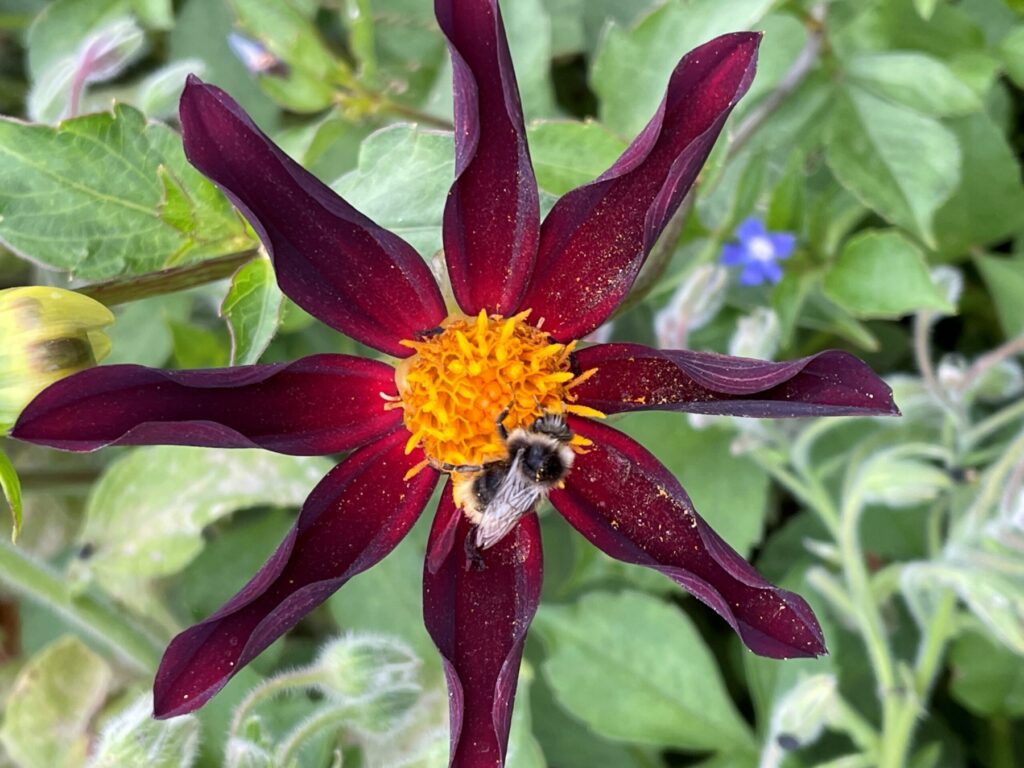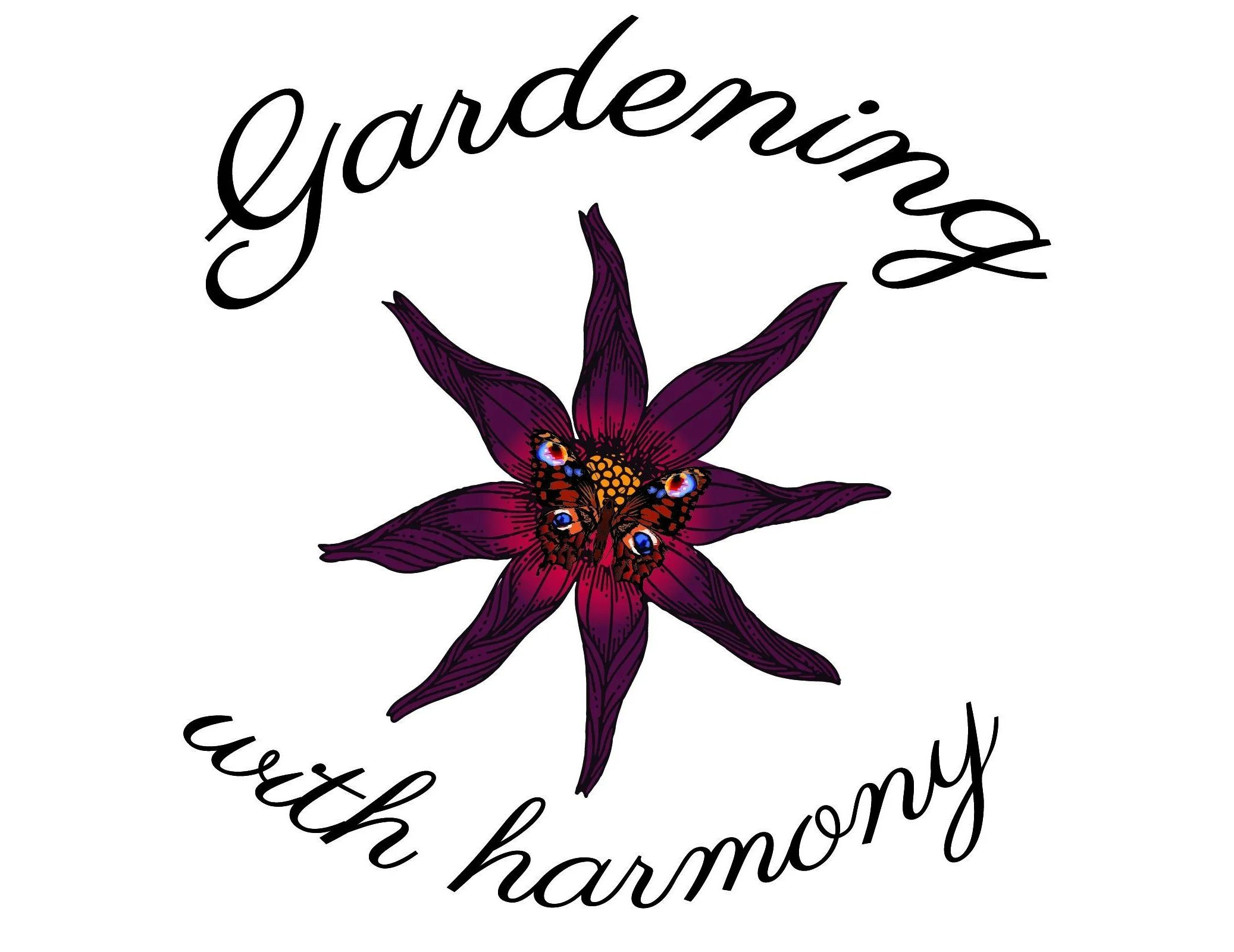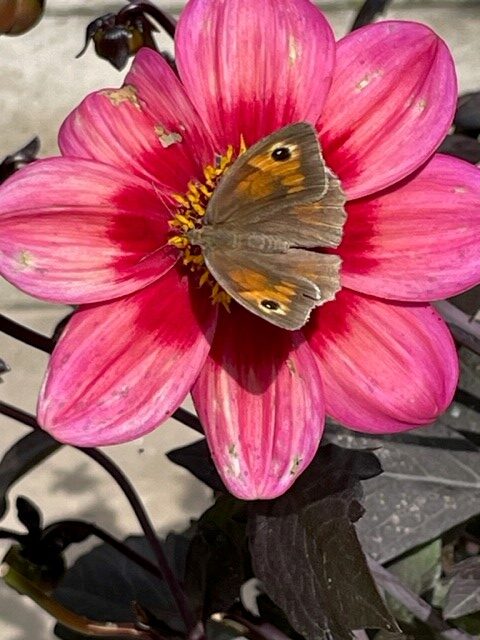I expect you remember The Big Butterfly Count this year, and may well have taken part. 2023 was its 13th year, which ran from 14th July till 6th August.
A UK-wide citizen science survey run by Butterfly Conservation. I always submit counts and hoped that you would too.
Primarily, butterflies and moths are excellent indicators of the impacts of climate change and other human environmental factors, so collecting data on their numbers is really important.
Sadly, the alarming news, published by Butterfly Conservation in February 2023, stated that 80% of butterflies in the UK had declined since the 1970s.
Well, for the 2023 count, the results are now in.
Big Butterfly Count results

Over 12.5 million of these beautiful insects were recorded this year during the count.
As a result of the records we sent, it is now known that last year’s drought hasn’t been as bad for the butterflies as feared. The wetter summer experienced across most of the UK this year has helped our butterflies.
Moreover, the rain combined with the hot days kept vegetation growing, and to be lush and green for caterpillars to feed on.
Also, there have been more nectar sources for the adult butterflies and increased amounts of foodplants available for caterpillars.
Accordingly, more butterflies and moths were spotted over these three weeks than over the last four years. So, some fabulous news.
However, many species have significantly decreased in numbers. Here are a few of the results, some of the varieties that visit my garden, in no particular order.
Great news for Red Admirals on the Big Butterfly Count

The red admiral had a really good summer this year – an increase of a whopping 338% on last year’s count.
The most-seen species this year, with 248,077 recorded, which is the top spot on the count.
I recorded more red admirals in my garden than any other butterfly, in line with the UK results. A fantastic and heartwarming sight to see.
The Gatekeeper

Next, with 222,896 sightings was the lovely Gatekeeper. This represents a 12% increase on last year and is a small, but welcome, boost for a species that has decreased by 28% since the counts began thirteen years ago.
I grow plenty of marjoram, which the gatekeepers, and other butterflies love and, of course, I have many photos of them on these flowers. I became a Gatekeeper stalker I think! A beautiful butterfly which takes the second spot on the count.
Usually, I counted up to thirty butterflies on each of my fifteen minute counts on the marjoram flowers. Normally, gatekeepers, meadow browns and small whites, along with an abundance of buzzing bees. On one memorable occasion, my count reached thirty eight!
A truly fabulous plant for the pollinators, with bees and butterflies aplenty.
The Big Butterfly Count, Meadow Brown

The lovely meadow brown also visited my marjoram in large numbers. There were 162,396 sightings in total which puts them in fifth spot on the count.
A butterfly which went straight to my flowers, whilst the small whites flitted around in a cloud above them, before settling to join the feast.
For the meadow brown, the numbers were up by 6% on last year but down overall by just over 16% over the thirteen years of the counts.
So, good news the numbers are increasing again and let us all hope this continues in years to come.
The white butterflies

Next, we have those white butterflies, which took the third and fourth spot, with 216,666 sightings of the large whites and 190,506 of the small whites. An encouraging 11% and 15% increase on 2022 respectively.
In my garden, they loved the marjoram (as mentioned above), when settling from their cloud formation flitting, and the cosmos and single and collarette dahlias.
Of course, I love the dahlias too, hence my nickname, Dahlia Queen. If you would like to grow some dahlias for pollinators, check out a couple of my earlier posts for some of the best varieties I grow.
10 beautiful dahlia flowers for pollinators
12 of the best dahlias for pollinators
Back to the fabulous butterflies.
Here comes the Holly Blue on the Big Butterfly Count

The lovely Holly Blue also had another good summer, with numbers up 66% on 2022, in keeping with its longer-term Big Butterfly Count trend of a 41% increase. Wow, fantastic news on the increased numbers for this little beauty.
A truly lovely butterfly in ninth spot in the results with 34,655 counted.
Usually, I do not see many of these beautiful blue butterflies in my garden, but this year they came in their droves.
Another surprise was their choice of flower. Namely the Choisya, Mexican Orange Blossom, seen above in the photo.
A fabulous evergreen shrub with sweetly scented white flowers in late spring. Besides flowering in late spring, my plant often flowers again in September (it is flowering as I type this post) and often December too if the weather remains mild. What a trouper!
Comma butterflies

Next, the lovely comma butterfly, where the numbers were 49,173 in total. These took seventh spot in the results. Another beautiful butterfly with an increase in numbers of 26% over last year, and a 5% increase over the thirteen year trend.
On my counts, I saw a good number of these beauties and they flocked to my scabious, marjoram and single dahlias. For me, a fabulous number on the Big Butterfly Count.
Additionally, another firm favourite for them, the lovely allium sphaerocephalon.
See my post on alliums below if you are interested in providing some alliums for next year in your garden. A fantastic flower for bees as well as butterflies.
Wonderful alliums for beauty and the bees
Beautiful peacock butterflies

Finally, as we don’t have room for every result, the beautiful peacock butterfly. My absolute favourite butterfly.
The numbers for this beauty were 149,179, a fantastic 172% increased on last year but sadly an overall decline since the start of the counts (over 7% down). Still taking the sixth spot though so not too bad overall.
I am so thrilled when these beautiful butterflies visit my garden. Their markings are so gorgeous, another heartwarming sight to see.
Clearly, I will have hundreds of photos of these. Even, some snaps of them resting and warming up on my dinner plate dahlias. Right, don’t let me get distracted by dahlias again!
Back to the beautiful butterflies.
Butterfly species in decline
Over the last 13 years of Big Butterfly Count, many species of butterflies have significantly declined. Species loss is happening in our own backyard. Plenty of common British butterflies are in trouble: the Green-veined White has had the most severe Big Butterfly Count decline in the longer term with a decrease of 61%. The Ringlet has seen a decrease of 40% and another garden favourite, the Small Tortoiseshell, has seen a decline of almost 30%.
During my counts, I was shocked to only see two of the beautiful Small Tortoiseshell, and I saw no Green-Veined white or Ringlet at all.
Almost 95,000 citizen scientists took part in this year’s Big Butterfly Count, conducting 136,719 fifteen minute Counts in gardens, parks, school grounds and the countryside.
Thank you, if you managed to take part in the count.
I am a member of Butterfly Conservation and have added a link below if you wish to find out more and perhaps join yourself.
https://butterfly-conservation.org/how-you-can-help/join
Here are a few jolly good reasons to join.
You could help create a world rich in butterflies for future generations to enjoy.
You can be part of an active and friendly organisation that makes a difference at local and national levels.
The great benefit of access to their butterfly nature reserves across the UK.
You could help to save endangered species from extinction.
Also, and here is a great one for gardeners, you can help to restore natural habitats.
Gardeners can help butterflies

In essence, it is not all doom and gloom, and we can work together to help these beautiful creatures.
I leave most of my lawn uncut, one photo above. This provides such a valuable habitat for butterflies. As a result, wildlife has a source of nectar, and I have some beautiful colourful flowers in the grass. Additionally, there are places for wildlife to shelter and also to breed.
Clearly, growing and planting nectar rich plants is of paramount importance too.
I wrote an earlier post on the Big Butterfly Count and how you could help, see link below. I have given details on some of the plants that the butterflies love in my garden.
Counting beautiful butterflies, gardeners can help
Anyone, anywhere, can create a Wild Space. Whether it’s leaving a patch of long grass in your garden or planting a small selection of nectar rich plants in your garden or on a balcony. The opportunities are vast and everyone can make a difference.
If we all work together to make some small changes in how we garden and what we grow we can help these beautiful creatures.
A final note and a thank you

I have added a photo above of one of my borders, packed with flowers for pollinators. This shot includes alliums, hesperis, red campion, iris, poached egg plant, pansies and a few tulips. A busy flower border full of bees and butterflies, feeding on nectar rich flowers.
To conclude this post, I have added some words from Butterfly Conservation below, with their permission.
Dr Richard Fox, Head of Science at Butterfly Conservation, explained: “One of the biggest threats butterflies in the UK face is habitat loss. While the weather certainly has an impact on numbers from year to year, butterflies, moths and many other species can generally cope with variable weather. What they can’t cope with is habitat destruction.
“Butterflies need a place to live. If they can feed, breed and shelter, they can thrive. By creating a Wild Space in your outdoor area you can help to reverse the massive losses of wildlife-friendly habitat and start to turn around the fortunes of our declining butterflies.”
So, let’s create some wild spaces in our gardens and also grow nectar rich plants in flower borders and pots, in courtyards and on balconies.
Ultimately, we can make a difference and think how knowing we are helping the butterflies, can really boost our wellbeing too.
It is one of those win wins isn’t it!
Next year’s Big Butterfly Count will take place from Friday 12th July – Sunday 4th August 2024 so make a note of the dates and I hope to see you there!
Thank you for whatever you can do to help these beautiful creatures.
Next up, some hardy annual seed sowing for autumn.
To see all my updates as they happen, please enter your email address below and press the subscribe button.



2 responses to “Big Butterfly Count, the results are in”
I clearly need to add some Marjoram to my borders. Anything which helps the wildlife in our gardens is fine by me. Your pictures of the butterflies are awesome. I love them all but the Peacock is so pretty so that has to be my favourite 💖
Thank you for your lovely comments. Pleased you like my butterfly photos and have chosen the Peacock as your favourite; they are so beautiful. Yes, marjoram is a must have plant I think as the butterflies and bees love it. Fabulous you will get some for your garden and also that you garden for wildlife. 👍